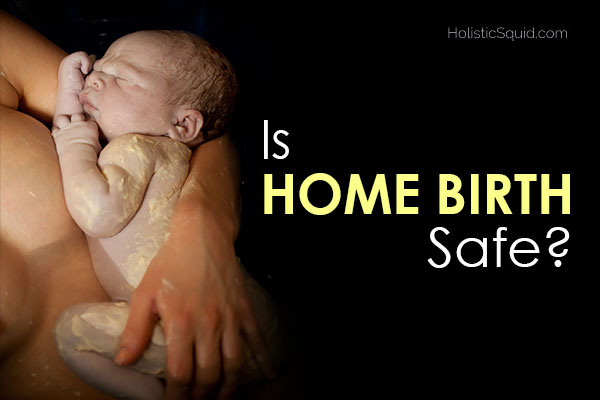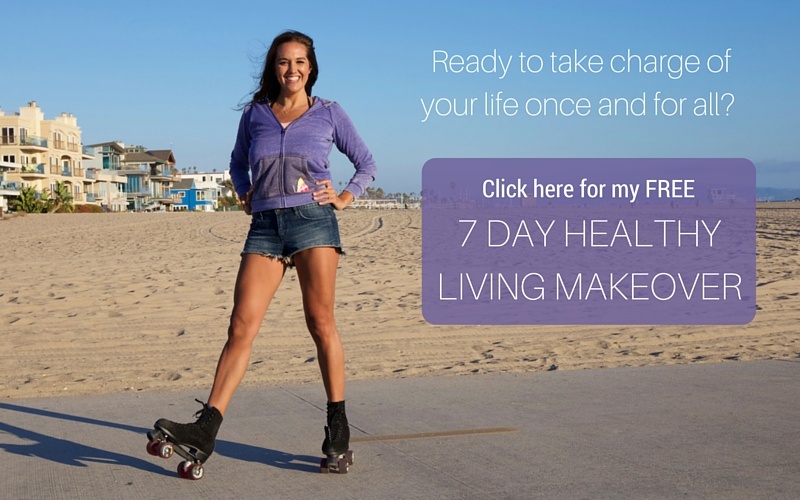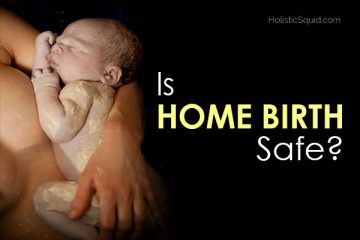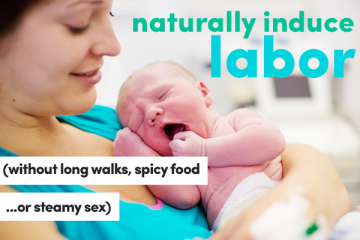

While I've had two wonderful and successful homebirths, I truly believe that the best place to birth your baby is the place where you will feel the safest and most supported. But is homebirth safe? Let's clear up some confusion…
When it comes to comfort, there's little argument that your home is more comfy than a hospital room. In a hospital, nothing is familiar. Within earshot there may be a group of nurses speaking to one another, a doctor who suggests an epidural, doors opening and closing, and machines regularly beeping as you labor. And even if you tested negative for GBS during pregnancy, there's still the chance that you will be put on antibiotic drugs.
For some mamas, all the tests and white coats feel safe. I even have a dear friend who's a mom of three and loves hospital births because she swears it's like staying in a hotel (albeit with weird jello snacks).
For other mamas, a hospital environment might feel alarming, too sterile, or intrusive. While there is no “right” way to give birth – however it happens, it's nothing short of a miracle – there is a right way to support a mother as she labors and delivers her baby. In essence, you want an environment that minimizes stress . This is one reason why home birth is safer (and less costly) than a hospital birth.
How home birth is safer and less complicated
While a hospital birth can provide peace of mind by providing ready help for emergencies, chances are good you will also see more interventions and birth complications than home birth.
This is because the body releases hormones that move you into active labor and delivery, which boost your sense of calm while reducing discomfort. But all this shuts down when a mama feels stress. Suddenly there's more pain and labor slows down – or even stops.
The medical model typically views this slowing down as a “failure” to deliver.
Interventions to induce labor come with their own risks. For example, the drug pitocin can make contractions more sudden and painful, putting your baby at risk for fetal distress. There's also a greater likelihood that you'll need continuous electronic fetal monitoring, which restricts your movement and ability to labor in a way that feels most natural to you.
The problem with one small intervention after another is that you're more likely to deliver your baby via c-section, which gives your baby a different set of microbes than those acquired through vaginal delivery. Because of this, c-section birth is linked to things like obesity and even the development of autism. Currently one in three births are c-section and it is the “most common surgical procedure in the United States.”
That said, in recent years more mamas are giving birth at home.
Between 2008 and 2012, the home birth rate in the United States increased by 24%. This increase has to do with the fact that home births see fewer:
- C-section delivery
- Epidurals, for pain relief
- Augmentations, that stimulate stalled labor
Babies born outside of a hospital setting are more likely to have an unassisted vaginal delivery with fewer interventions and NICU admissions. There are also fewer complications – for example, a 2012 Cochrane Review found 10-30% fewer cases of postpartum bleeding and tears.
Home birth supports breastfeeding
Besides the obvious perks of birthing your baby in warm and familiar environment and avoiding interventions, giving birth at home has even more benefits.
In a 2016 study of mamas living in the UK and Ireland, researchers found that babies born at home were twice as likely to breastfeed. Mothers birthing their babies at home were more likely to breastfeed immediately after birth and continue exclusively breastfeeding throughout their babies' first six months.
The World Health Organization (WHO) recommends that babies receive only breast milk for their first six months of life. This is because breast milk is designed to suit your newborn's needs, from nutrition to fluctuations in hormones. Breast milk also contains prebiotics and probiotics, which support the development of a healthy gut and help to educate you newborn's immune system.
Associate Professor of Epidemiology in Trinity, Dr Lina Zgaga, asks,
When breastfeeding is so strongly recommended across the board by the medical profession, what causes lower rates of breastfeeding following hospital births?
While you see a push for formula in hospitals and an over-diagnosing of underweight newborns, a shift is taking place. The uptick in home births along with research showing the safety and benefits of home birth have lit a fire under researchers and medical professionals alike.
More hospitals than ever are refocusing their attention on mother and baby health – which includes things like skin-to-skin contact after delivery and education about things that might thwart breastfeeding, like the use of forceps pain-relieving medication.
This means that you can give birth in a hospital naturally with little intervention. If your pregnancy is low-risk, you can also safely give birth at home. When speaking with your doctor and choosing what's right for you, my hope is that your choice comes from an empowered place, rather than one that's fear-based.











When I had my first daughter via cesarean for breech presentation (I couldn’t find a midwife to support us at home, even though that is what we initially planned), I was amazed at the domino effect of interventions. On day three a nurse came into our room, kicked our guests out to talk to us privately (now talk about making me feel like something dire was wrong!) and then proceeded to let us know that our daughter had lost more than 10% (likely something akin to 10.4%) of her birth weight and would need formula.right.now.lest.she.just.wilt.away. Of course, as the mother responsible for feeding this new little being and having no idea what I was doing, I was willing to do anything. However, my husband, being the sane and calm guy that is, kicked that nurse out with a no-thanks-we’ll-manage-on-our-own. That night, my milk came in impressively well (glaciers come to mind) and from then on the weight went right back on. I am glad he had the confidence in whatever random book about nursing that we read to stand up to her. Now that I’ve breastfed two for four years each and am 6 months into nursing a third, I don’t even think about it anymore. We had our next two children at home and I promise, there’s nothing quite like crawling back into your own bed and sleeping a deep sleep after having a baby! Phew! I just tuck that baby in the covers with me and sleep. Granted, I don’t think I could have had that confidence the first time around, but If my daughters have babies, I will certainly help protect their space if I’m around to help them out. I will put them to bed and bring them lots of food and beverages. Bonding with babies is so much nicer when we’re not worried and stressed. Birthing is a lot easier when you’re not wandering around hospital hallways being self conscious about your bottom hanging out in the breeze from your gown or not wanting to moan too loudly, lest you scare the other patients. At home, my bottom hangs out and it’s all fine! I can hide under a sheet if I need some privacy 🙂
I recently had an accidental home birth. Originally that was my goal but insurance forced me to plan a hospital birth. My baby came 4 weeks early and hours before they expected. There I was, at home with my husband and mother, and out came my daughter. I caught her in my own hands. No complications. Having her at home kept me relaxed and I felt safe. Then I was left to hold my sweet girl in peace until the paramedics arrived.. home birth is safe, as long as you trust yourself.